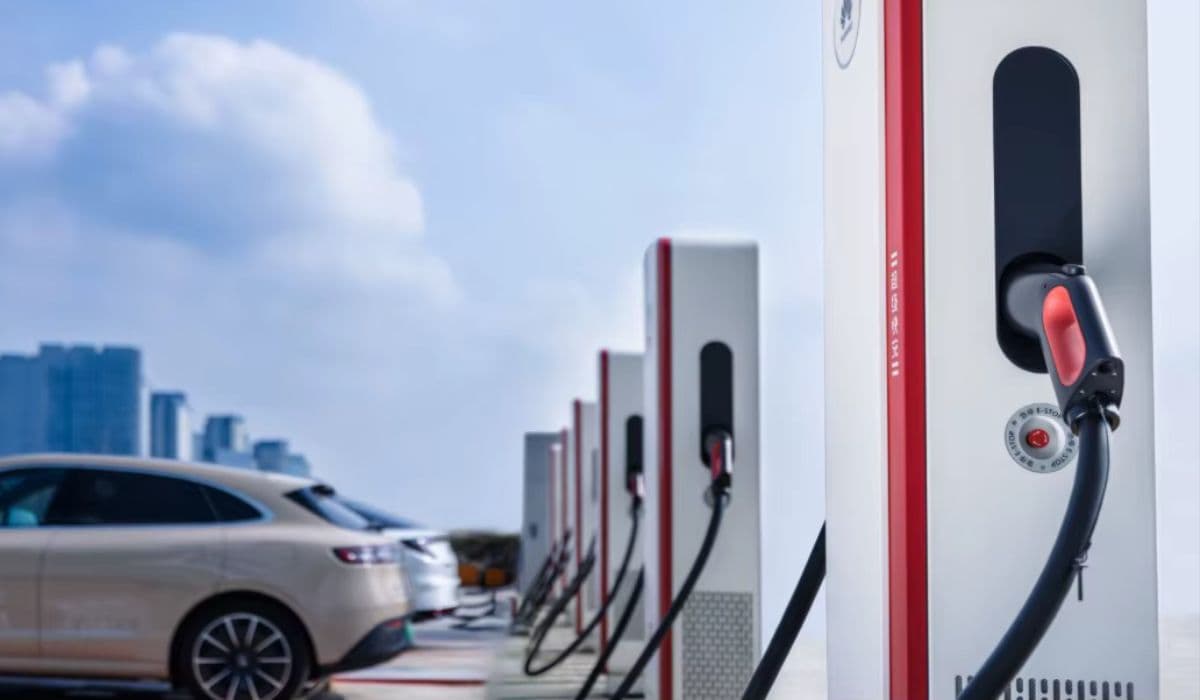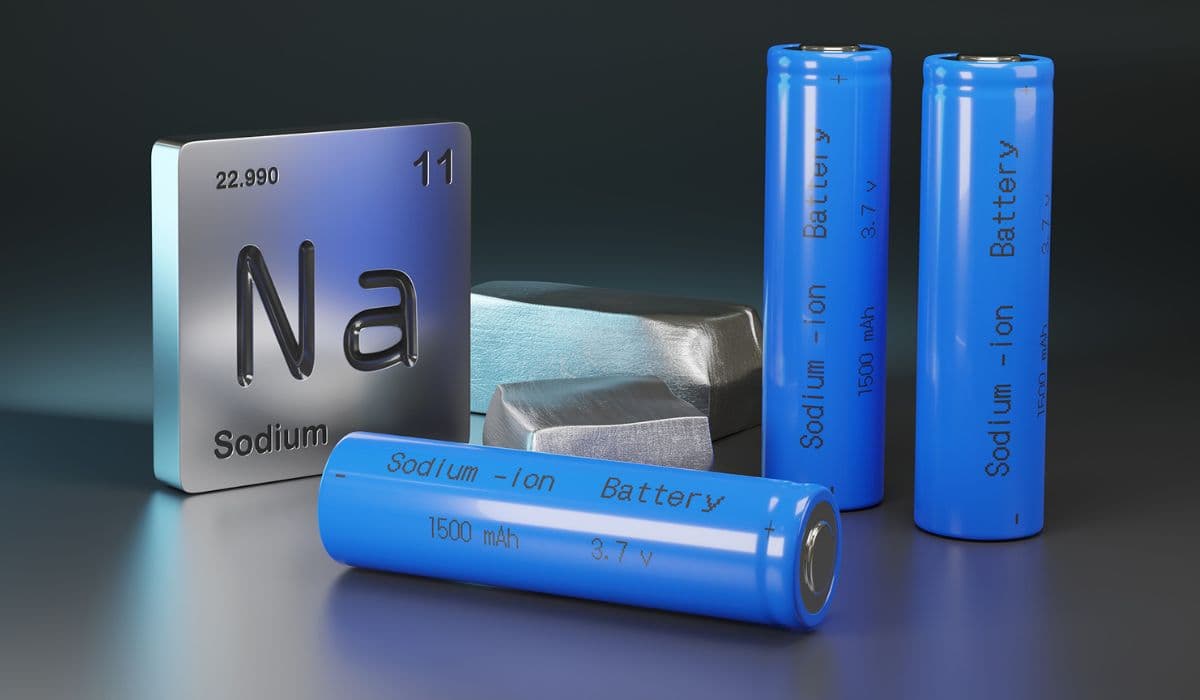Ultra-Fast EV Charging Revolution: 600+ kW Networks Reshaping Electric Mobility in 2025

The electric vehicle charging landscape is undergoing a dramatic transformation, with power levels soaring beyond 600 kW and even approaching megawatt territory. What once required 30-60 minutes for a meaningful top-up can now happen in under 10 minutes in certain markets. Leading this shift is China, where 800-volt and 900-volt architectures paired with liquid-cooled superchargers deliver unprecedented speeds, while Europe and Tesla prepare their own 500-600 kW responses for 2026 rollout.
China's Dominance in Megawatt-Level Charging Infrastructure
By late 2025, China has established itself as the global leader in ultra-rapid charging deployment. Networks from domestic brands routinely exceed 600 kW, with several pushing into 800 kW-1.2 MW territory, enabled by widespread 800V+ vehicle platforms and fully liquid-cooled charging hardware.
Key players include:
- Xpeng S5 superchargers — Rated at 800 kW with 800 A output, these stations add over 300 km (186 miles) of range in just five minutes on compatible vehicles. Xpeng's 5C-capable models (G6, G9, P7+, X9) achieve "1 km per second" replenishment rates.
- Zeekr extreme-fast chargers — Upgraded to 800 kW and now introducing 1.2 MW piles, supporting peak rates over 1,300 kW in real-world tests. The refreshed Zeekr 001 on a 900V platform charged from 10-80% in under seven minutes, demonstrating 12C rates.
- Huawei liquid-cooled systems — 600 kW standard, with megawatt prototypes targeting heavy-duty applications but compatible with passenger EVs.
- Aito (Huawei-Seres collaboration) — M9 and upcoming models leverage Huawei's 600-720 kW infrastructure for 7-10C performance.
- Other networks — Nio (640 kW), Li Auto (520+ kW), and BYD (up to 10C batteries with megawatt flash-charging stations) continue aggressive expansion.
Joint ventures amplify coverage: Xpeng and Volkswagen merged networks exceed 20,000 ultra-fast pillars across 420 cities, while Zeekr targets 100,000 poles by 2026. These stations overcome heat buildup through advanced liquid cooling, maintaining high power output without throttling.
Vehicle Architectures Enabling 7C-12C Charging Rates
The infrastructure surge aligns with a wave of 800V-900V vehicles optimized for extreme rates:
- Xpeng's refreshed lineup (G9, X9, P7+) uses 5C AI batteries on 800V SiC platforms.
- Zeekr 001/007/7X achieve sustained 500-800+ kW inputs with LFP "Golden" or Shenxing packs.
- Aito M9 and similar Huawei-powered models hit 7-10C multipliers.
- BYD's 10C technology in select models enables full charges in minutes on megawatt stations.
Real-world results: Zeekr 001 added 473 km in 11 minutes on a 600 kW pile; Xpeng claims 450 km in 10 minutes. These rates translate to over 1,000 km of range added per hour—far surpassing global competitors.
Europe's Push Toward 500-600 kW in 2026
While trailing China today, Europe accelerates deployment of next-generation hardware:
- Ionity — Already rolling out Alpitronic HYC1000 systems limited to 600 kW total output per station (dynamic sharing across stalls). Capable vehicles add 300 km in eight minutes. Backed by €600 million funding, Ionity expands aggressively, integrating into the Spark Alliance (over 11,000 stalls with Fastned, Atlante, Electra).
- Tesla Supercharger V4 — New cabinets support up to 500 kW for passenger cars (1.2 MW for Semi). Full rollout begins 2025-2026 across Europe, with longer cables, payment terminals, and NACS compatibility for non-Tesla vehicles.
Other networks like Electrify America and ChargePoint plan 500-600 kW upgrades, but regulatory and grid constraints delay widespread megawatt capability until late 2020s.
Technical Enablers and Challenges of Extreme Power Levels
Ultra-fast charging relies on:
- High-voltage architectures (800-900V) reducing current and heat.
- Liquid-cooled cables and connectors handling 800-2,400 A without melting.
- Advanced battery chemistries (enhanced LFP, semi-solid) tolerating 5-12C rates without degradation.
- Dynamic power sharing optimizing output across multiple vehicles.
Challenges persist: grid upgrades, thermal management, and battery longevity at sustained megawatt inputs. Early adopters report minimal degradation thanks to intelligent BMS and preconditioning.
Global Implications for EV Adoption
China's 600+ kW reality eliminates range anxiety for compatible vehicles, making long-distance travel faster than refueling an ICE car. Europe's 2026 wave will close the gap, especially as Porsche Taycan, Hyundai Ioniq 5/6, Kia EV6, and upcoming 800V models (BMW Neue Klasse, Mercedes CLA) exploit the new hardware.
As solid-state batteries approach commercialization, pairing them with megawatt infrastructure could push 10-80% times below five minutes. The charging speed barrier is crumbling—first in China, soon everywhere—accelerating the shift to electric mobility worldwide.

